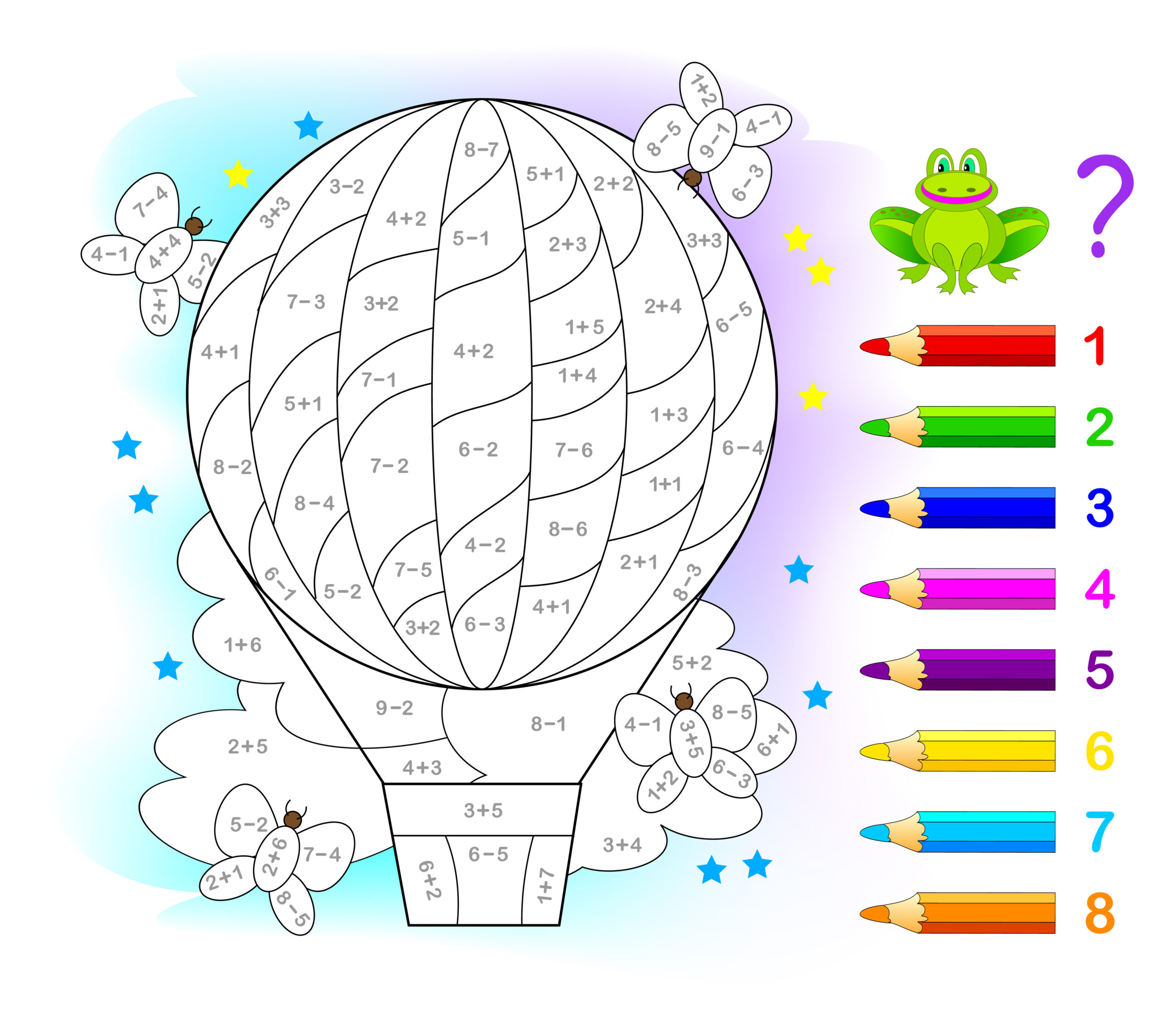The Memory Map: Creating Visual Timelines of Personal Histories
Creating a Memory Map: Visualizing Your Personal History
Imagine being able to see your life’s journey laid out before you, with all the significant events and memories connected in a clear and meaningful way. This is what a memory map can do for you. A memory map is a visual timeline of your personal history, helping you organize and reflect on your experiences in a unique and engaging manner.
### What is a Memory Map?
A memory map is similar to a mind map, but instead of focusing on ideas or concepts, it centers on personal events and memories. It starts with a central point, often a significant event or period in your life, and then branches out to include other related events, people, and experiences. This visual approach makes it easier to see how different moments in your life are connected and how they have shaped who you are today.
### How to Create a Memory Map
Creating a memory map is a fun and creative process. Here’s how you can get started:
1. **Choose a Central Point**: Begin with a significant event or period in your life, such as your childhood, a major move, or a life-changing decision. This will be the center of your map.
2. **Add Branches**: Draw lines or branches from your central point to represent different aspects of your life related to this event. For example, if your central point is your childhood, branches might include family members, favorite activities, or important lessons learned.
3. **Include Details**: Along each branch, add specific details or memories. These could be names, dates, places, or emotions associated with each event.
4. **Use Visual Elements**: Incorporate colors, images, or symbols to make your map more engaging and memorable. For instance, you might use a certain color for happy memories and another for challenging ones.
5. **Review and Reflect**: Once your map is complete, take time to review it. Reflecting on your memories can help you understand your personal growth and the impact of past experiences on your present.
### Benefits of Memory Maps
Memory maps offer several benefits:
– **Improved Memory Retention**: By visually organizing your memories, you can better recall them and understand their significance.
– **Personal Insight**: Seeing your life’s events connected can provide valuable insights into your personal growth and development.
– **Creative Expression**: Creating a memory map is a creative outlet, allowing you to express yourself in a unique and meaningful way.
### Combining Memory Maps with Other Techniques
You can enhance your memory map by combining it with other note-taking techniques, such as sketchnotes or the Cornell Method. Sketchnotes can add more visual elements to your map, while the Cornell Method can help you organize and review your memories more systematically.
In conclusion, creating a memory map is a powerful way to visualize and reflect on your personal history. It not only helps you remember important events but also provides a deeper understanding of how these experiences have shaped your life. By making your memories more accessible and meaningful, you can gain valuable insights into your past and present.





